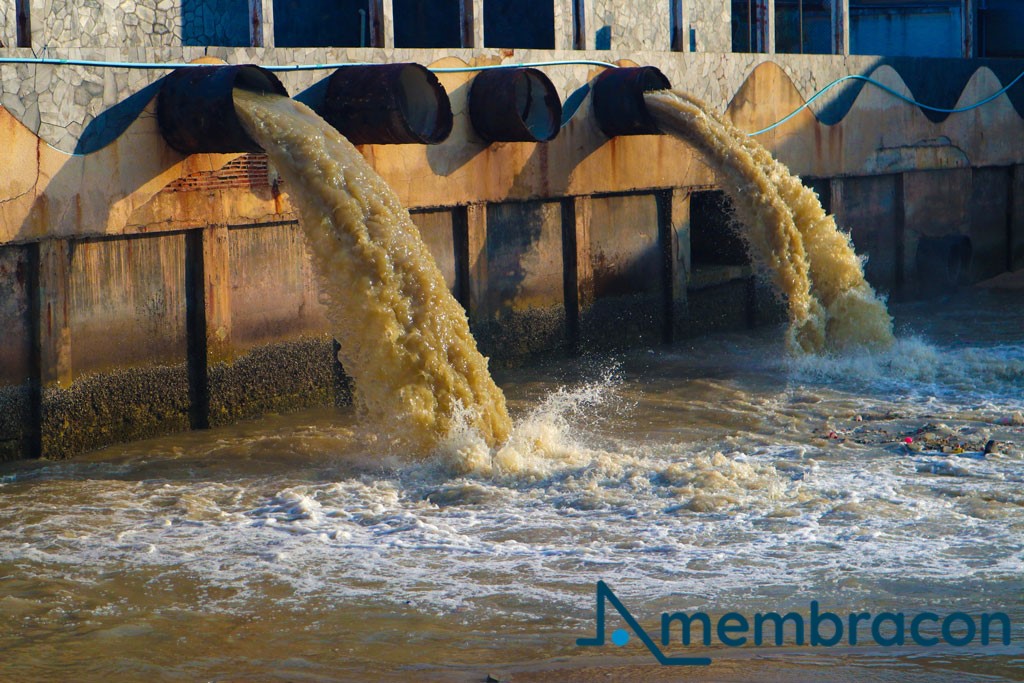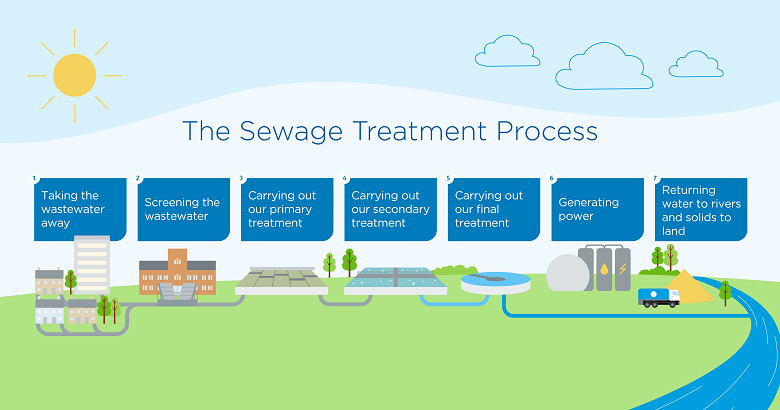Vital Steps in Community Waste Water Treatment Plants
Strategic Approaches to Enhance Waste Water Treatment Effectiveness and Reduce Ecological Effect
In the world of waste water treatment, the mission for improved efficiency and minimized environmental impact is a perpetual difficulty that demands strategic solutions. As culture grapples with the important to manage water resources sustainably, a nuanced method becomes essential. The combination of innovative treatment technologies, energy-efficient processes, resource recuperation approaches, enhanced nutrient elimination strategies, and clever tracking and control systems represents a complex structure for addressing these pressing problems. Nonetheless, what lies at the core of this facility web of approaches is the prospective to reinvent the way we approach drainage treatment, not simply as a procedure of disposal, however as a valuable possibility for technology and ecological stewardship.
Advanced Therapy Technologies
Cutting-edge membrane filtering systems have actually reinvented sophisticated wastewater treatment procedures, significantly boosting the removal of pollutants. This modern technology has verified to be extremely efficient in getting rid of a wide variety of pollutants, including pharmaceuticals, hefty metals, and natural compounds, which are frequently testing to get rid of via conventional treatment methods.
Furthermore, membrane layer filtration systems provide various advantages over traditional treatment techniques. Furthermore, these systems are very functional and can be easily integrated into existing therapy plants or used as standalone units for decentralized applications.
Energy-Efficient Processes
The assimilation of energy-efficient procedures in wastewater treatment systems is crucial for optimizing source usage and reducing operational prices. By executing energy-efficient modern technologies, therapy plants can significantly reduce their carbon footprint and total environmental impact. One key method to improving power efficiency in wastewater treatment is the use of innovative aeration systems, such as great bubble diffusers or surface area aerators, which can boost oxygen transfer efficiency and decrease power consumption. In addition, incorporating power recuperation systems, like anaerobic food digestion for biogas production or utilizing excess heat for thermal processes, can help offset power needs and advertise sustainability.
Furthermore, enhancing procedure control and automation with using innovative sensing units and keeping an eye on systems can improve total power efficiency by adjusting operations in real-time based upon real demand and conditions. Carrying out power audits and on a regular basis keeping an eye on energy performance signs are vital techniques to identify areas for renovation and track energy-saving initiatives effectively. On the whole, the fostering of energy-efficient procedures in wastewater therapy not just benefits the setting however likewise adds to lasting expense savings and operational sustainability.
Resource Recuperation Methods
With a focus on maximizing resource usage and sustainability in wastewater therapy systems, the application of source healing approaches emerges as a crucial element in improving operational efficiency. Resource recuperation techniques in wastewater treatment involve the identification and extraction of useful resources from the waste stream, thereby transforming what was as soon as taken into consideration waste right into a valuable home property. By executing source recuperation strategies such as nutrient elimination and recuperation, power generation from raw material, and the production of multiple-use water, wastewater therapy plants can reduce ecological influence while optimizing performance.

Enhanced Nutrient Elimination Methods
Carrying out advanced nutrient elimination techniques is essential for maximizing the efficiency of wastewater therapy systems. One of the key strategies used for improved nutrient elimination is the process of organic nutrient removal (BNR), which includes the elimination of nitrogen and phosphorus through biological procedures.

In enhancement to BNR, progressed therapy approaches such as membrane layer bioreactors (MBRs) and built marshes can additionally be used to improve nutrient removal effectiveness. By incorporating these advanced nutrient removal techniques right into wastewater therapy industries, towns and systems can properly lower nutrient pollution and protect the atmosphere.
Smart Tracking and Control Solution
Using sophisticated technology, the combination of smart monitoring and control systems revolutionizes the functional performance of wastewater therapy facilities. These systems incorporate innovative sensing units and data analytics to continuously monitor key criteria such as pH degrees, turbidity, liquified oxygen, and circulation rates in real-time. By accumulating and assessing this data, drivers can get important understandings into the efficiency of the treatment procedures, enabling positive adjustments to enhance treatment effectiveness.
Smart monitoring and control systems likewise sustain remote tracking capacities, enabling drivers to gain access to real-time data and control features from off-site areas. This remote availability boosts operational adaptability and responsiveness, allowing speedy interventions in case of system malfunctions or variations in influent quality. In addition, the predictive upkeep capacities of these systems help stop tools failures and reduce downtime, inevitably improving the general integrity of wastewater treatment operations (Waste Water Treatment).
Conclusion
Finally, calculated approaches such as sophisticated therapy technologies, energy-efficient processes, resource recuperation methods, improved nutrient elimination techniques, and wise surveillance and control systems play a vital duty in boosting wastewater treatment efficiency and reducing environmental effect. By carrying out these methods, wastewater treatment plants can enhance their general performance, minimize energy usage, recuperate useful sources, and make certain conformity with ecological laws. These strategies are necessary for efficient and lasting wastewater monitoring methods.

In conclusion, critical methods such as innovative treatment modern technologies, energy-efficient processes, source recovery methods, boosted nutrient removal strategies, and smart surveillance and control systems play an essential duty in boosting wastewater therapy effectiveness and lessening ecological impact.